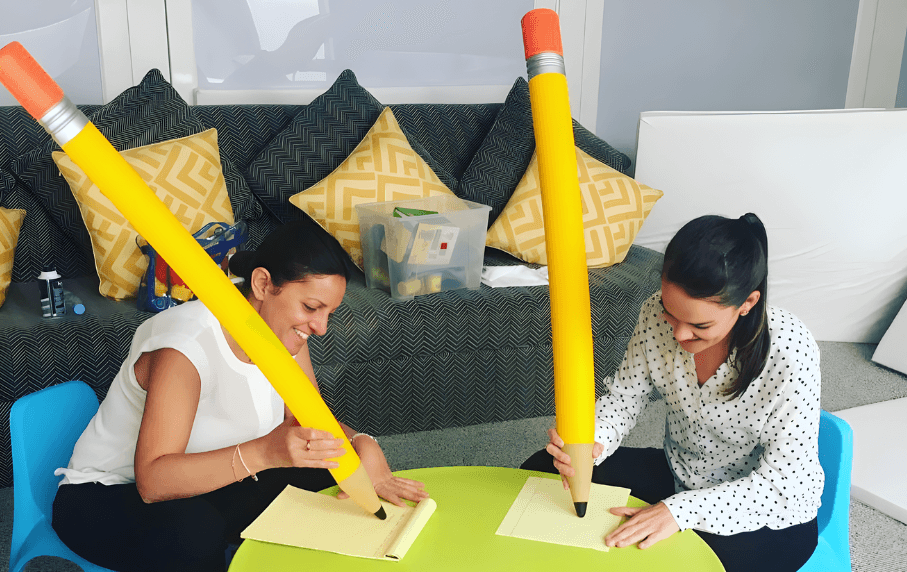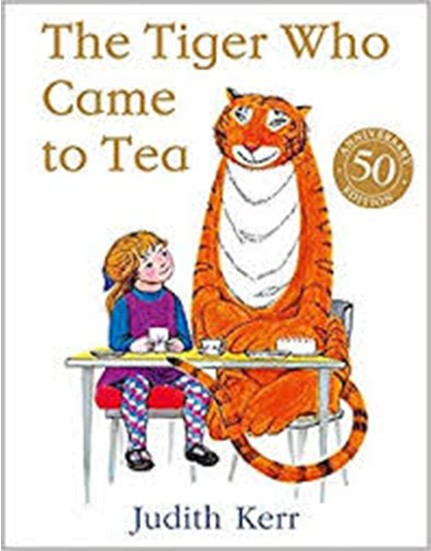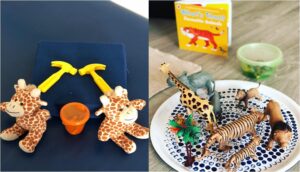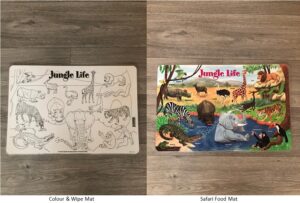
I hope you’ve all had a wonderful January. January is my birthday month. I was born on January 1st on a cold frosty morning a few weeks earlier than expected. My mother, who is a doctor, was on call at the time and I was her New Year’s surprise! We were featured in local paper as I was the first baby born that year at the hospital, that was the equivalent of social media in the 70s. After spending my birthday with family, my bags were packed once again and I have been traveling and working in Cairo & Riyadh. As much as I miss being away from home, I love these work travel trips, as I’m able to see how early childhood best practices are universal and can be implemented anywhere. One of the early childhood methods I enjoyed teaching when I was a Professor at Hunter College is Thematic Planning.
Thematic planning is a tool used in Preschools and Primary Schools. It involves integrating Curriculum areas around topics or themes. Thematic Planning seeks to view teaching and learning in an interactive and holistic way that reflects the real world. When conducting home based therapy, I also love to use Thematic Planning. It helps me and my fellow therapy team members to plan across activities and more importantly; we are able to incorporate the child’s interests.
This last month, I have been working with a four-year-old who LOVES animals as much as I do. We chose a two-week theme of Tiger and his Friends. To cover the different content areas, for pre-numeracy we counted tigers using 3D tiger toys, to work on language we identified the tiger’s ears, tail, eyes, nose & paws using tiger images. To practice pre-writing we wrote lines and letters, T I and L using the writing program Handwriting Without Tears.
We baked tiger cookies, used finger paint to replicate the tiger’s fur and we read tiger stories, The Tiger Who Came to Tea.


With thematic planning, children learn through play using activities of interest to them. This is motivating and makes it easier to then introduce new learning targets that may be more challenging for them.
By using a theme that is taught over ten working days, I’ve found that children are more likely to respond to the teaching materials, not only because of it being of interest but because they also feel successful as the language used becomes more familiar. Even snack time or lunch time can be used in a way to support your theme. If it’s too much to bake tiger cookies, a food mat with a safari theme, can be used to create further learning opportunities during meal times. Below you can see how we laminated a picture together that can be coloured in, wiped clean, and they can start all over again. Having their plate on the food mat allows for opportunities to label and talk about what they see. “Giraffes like to eat crunchy leaves..”

I hope you find these tips useful. If you are a teacher or therapist, I would love to hear from you and how you use themes. If you are a parent, you can still use these themes, it takes off the stress of planning something new every day as you have something to use for at least two weeks.
Thank you for being part of my learning community, and please go over to my Instagram where you can find examples of what I have been up to during my therapy and training sessions @drdoniafahim.
If you haven’t had a chance to listen to the Podcast, there are some fun and interesting tips that can be heard on the podcast over on iTunes and Spotify: Let’s Talk About Super Special Kids and Cake.
Much love to you & your little ones,
Dr. Donia xx